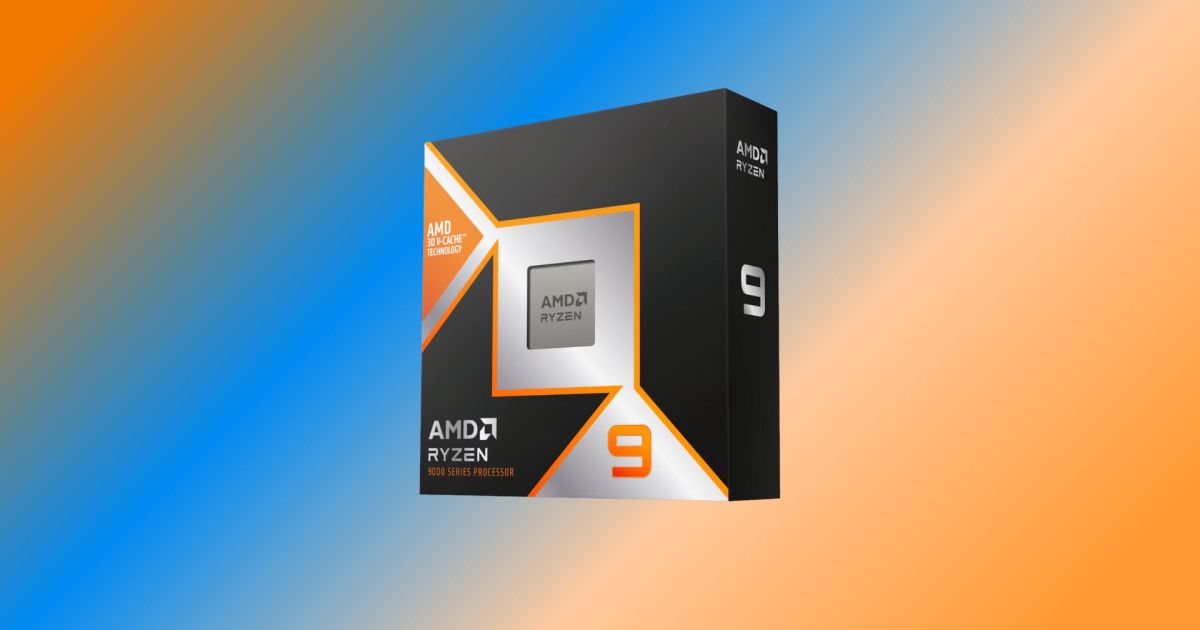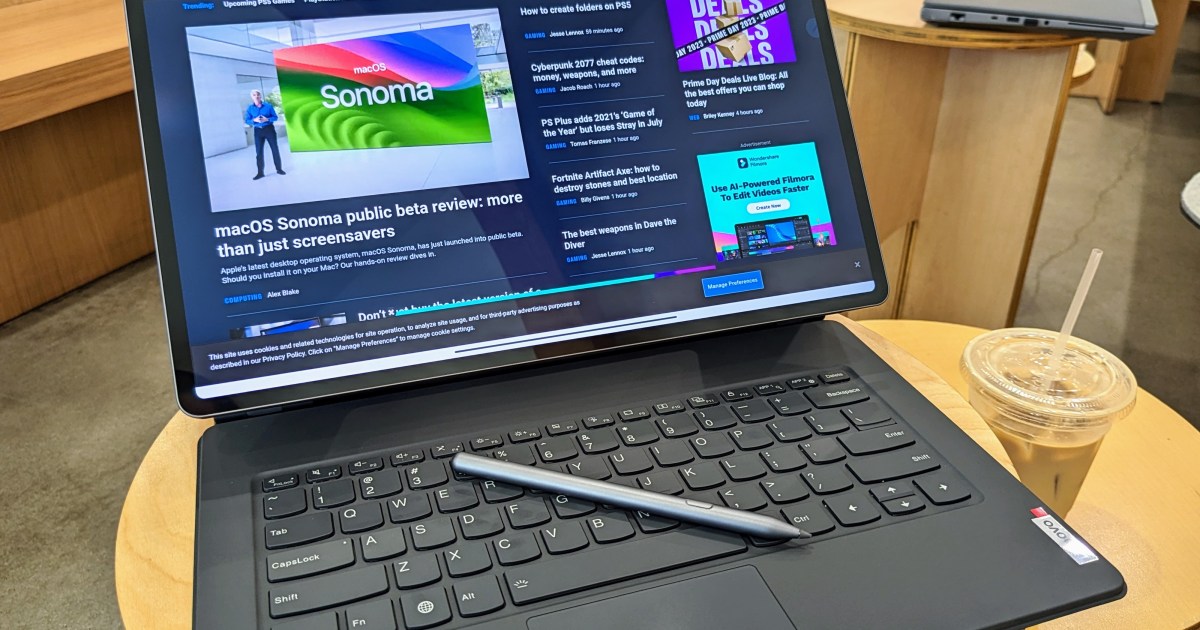The upcoming M5 iPad Pro may not offer significant advancements over its predecessor, the M4 iPad Pro, according to recent reports. If you’re hoping for groundbreaking features, you might be better off investing in the current M4 model, especially if you’re looking to save some money.
Research firm Meritz Securities suggests the M5 iPad Pro’s primary upgrade will be the M5 chip. More substantial feature overhauls are anticipated for later generations of the iPad Pro series, potentially pushing back any significant changes until 2026. This information, shared on X by leaker @Jukanlosreve, sheds light on Apple’s current product roadmap.
M5 Chip and OLED Display Production
Apple introduced the OLED display as a key feature of the M4 iPad Pro last year. This upgrade reduced the tablet’s weight and thickness, but also contributed to a higher price point. The upcoming M5 chip, built on the 3nm ‘N3P’ node, is projected to offer only marginal performance improvements over the M4’s M4 chip. With the design and other aspects largely unchanged, Apple’s production outlook for OLED displays for the iPad Pro appears to be conservative.
Initially, Apple anticipated needing over 9 million OLED panels, produced in partnership with Samsung Display and LG Display, to supply both the 11-inch and 12.9-inch M5 iPad Pro models. However, only around 5.7 million units were ultimately shipped.
Potential Launch Delay and Software Refresh
Wccftech suggests Apple might delay the M5 iPad Pro launch until after the M5 MacBook Pro announcement. This could push the release into 2026. Such a delay might be strategically beneficial, preventing potential sales cannibalization between the similarly priced Pro-level devices. It’s worth noting that in 2024, Apple deviated from this pattern, unveiling the M4 iPad Pro before the M4 MacBook Pro to showcase the then-new OLED technology.
Analysts also predict minimal upgrades for the M5 MacBook Pro until an OLED display is incorporated in future generations. However, there are reports suggesting Apple may leverage the M5 line to introduce a comprehensive software refresh across its platforms, including macOS, iPadOS, and iOS. This overhaul aims for greater practicality and consistency in both appearance and functionality, drawing inspiration from the VisionOS software powering the Vision Pro headset.
Conclusion: Wait or Upgrade?
The M5 iPad Pro is unlikely to offer compelling reasons to upgrade from the M4 model, especially given the expected minimal performance gains and unchanged design. For those seeking significant advancements, waiting for future iterations or considering the current M4 iPad Pro might be a more prudent choice. The potential software refresh across Apple’s ecosystem could be a notable development, but it remains to be seen how this will impact the overall user experience.











